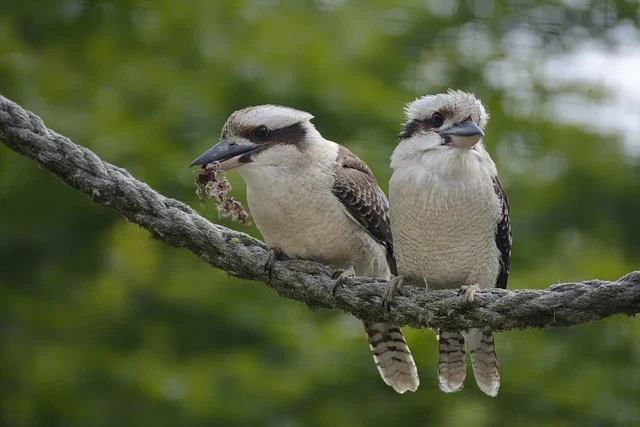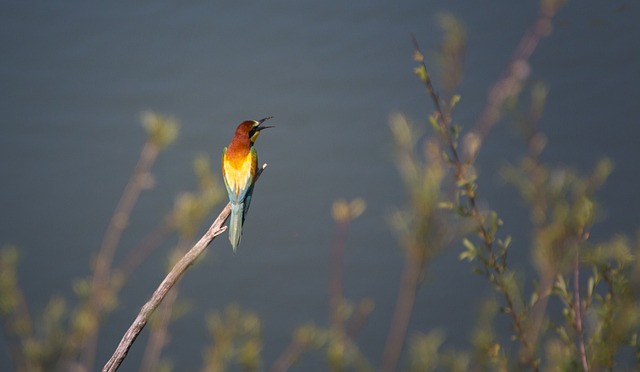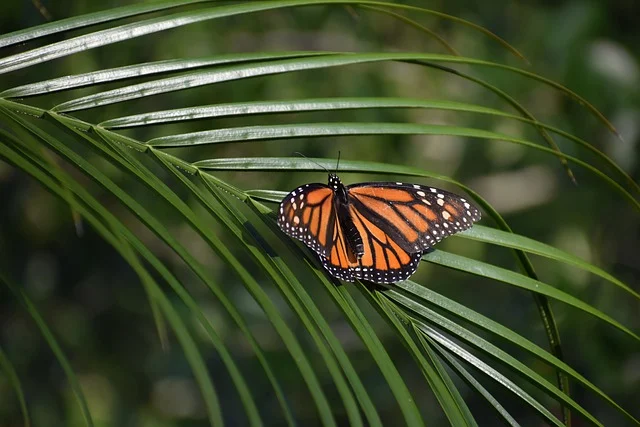In an age where urban sprawl, agriculture, and industrialization dominate landscapes, the need for wildlife corridors has never been more pressing. These vital pathways allow animals to move freely between habitats, facilitating migration, reproduction, and genetic diversity. As ecosystems face unprecedented threats from climate change, habitat fragmentation, and human encroachment, the significance of wildlife corridors becomes increasingly clear. This article delves into the importance of these corridors, examining their role in ecological balance, species conservation, and the long-term health of our planet.
Understanding Wildlife Corridors
Wildlife corridors are designated areas that connect fragmented habitats, enabling animals to traverse between them safely. They can take various forms, such as natural landscapes, green bridges, tunnels, or even strategically placed vegetation that creates a safe passage. The purpose of these corridors is to facilitate animal movement, allowing species to access food, mates, and new habitats, which is essential for their survival and well-being.
The Need for Connectivity
Habitat Fragmentation
As human activities encroach upon natural landscapes, habitats become increasingly fragmented. Roads, urban developments, and agricultural fields can isolate wildlife populations, leading to what ecologists call “habitat fragmentation.” This isolation restricts animal movement and can have severe consequences for biodiversity.
For instance, a study published in the journal Nature highlighted that fragmentation can lead to local extinctions, as isolated populations become vulnerable to inbreeding and environmental changes. Without wildlife corridors, animals struggle to find new territories, mates, and food sources, resulting in a decline in genetic diversity.
Migration Patterns
Many species, from birds to large mammals, rely on migratory routes to thrive. Migration is often driven by seasonal changes, such as food availability and climate conditions. However, barriers like highways and urban areas can disrupt these migratory patterns, forcing animals to alter their natural behaviors. This disruption not only affects individual species but can also ripple through entire ecosystems.
For example, caribou in North America migrate thousands of miles for calving and to access seasonal grazing. When their migration routes are obstructed by roads or development, it can lead to population declines and disruptions in predator-prey relationships.
Genetic Diversity and Population Health
The Role of Genetic Diversity
Genetic diversity is essential for the health and resilience of wildlife populations. Populations with high genetic variability are better equipped to adapt to changing environmental conditions, resist diseases, and survive challenges such as climate change. Conversely, isolated populations with limited genetic diversity may experience inbreeding, resulting in weakened immune systems and reduced fertility.
Wildlife corridors play a crucial role in maintaining genetic diversity by connecting fragmented populations. These connections allow for gene flow, enabling different groups to interbreed. A study on Florida panthers, for example, found that introducing new individuals into an isolated population significantly improved genetic health and population resilience.
Case Study: The Yellowstone to Yukon Corridor
One of the most ambitious wildlife corridor projects is the Yellowstone to Yukon (Y2Y) initiative, which aims to connect habitats across a vast region of North America. Spanning over 2,000 kilometers from Yellowstone National Park in Wyoming to the Yukon Territory in Canada, this corridor is designed to facilitate the movement of species like grizzly bears, wolves, and elk.
The Y2Y project highlights the importance of large-scale connectivity for wildlife survival. By preserving and restoring landscapes that allow for safe animal passage, this initiative is helping to ensure that ecosystems remain robust and diverse in the face of environmental challenges.
Benefits Beyond Wildlife
While the primary focus of wildlife corridors is on animal movement and conservation, their benefits extend to human communities as well. Corridors can enhance ecosystem services such as clean air and water, carbon sequestration, and soil health. They provide recreational opportunities and can boost local economies through eco-tourism. Furthermore, by maintaining healthy ecosystems, wildlife corridors can help mitigate the impacts of climate change, reducing the risks associated with natural disasters such as floods and wildfires.
Enhancing Ecosystem Services
Wildlife corridors contribute to a range of ecosystem services that benefit both wildlife and humans. They help maintain biodiversity, which is crucial for the stability of ecosystems. Healthy ecosystems provide services such as pollination, water purification, and climate regulation. By preserving these interconnected habitats, wildlife corridors play a vital role in sustaining these essential services.
Community Engagement and Education
Wildlife corridors also offer opportunities for community engagement and education. Involving local communities in corridor planning and conservation efforts fosters a sense of stewardship and awareness about the importance of biodiversity. Educational programs can help people understand how their actions impact wildlife and the environment, encouraging more sustainable practices.
Challenges and Future Directions
Despite the clear benefits of wildlife corridors, establishing and maintaining them presents challenges. Land use conflicts, funding constraints, and political hurdles can impede conservation efforts. Additionally, the effects of climate change, such as shifting species ranges, may require dynamic approaches to corridor planning.
To overcome these challenges, collaboration among governments, NGOs, and local communities is essential. Innovative approaches, such as creating multi-use landscapes that integrate wildlife needs with human activities, can help bridge the gap between conservation and development.
Conclusion
Wildlife corridors are a critical component of modern conservation strategies. By connecting fragmented habitats, they facilitate migration, enhance genetic diversity, and support the overall health of ecosystems. As we face mounting environmental challenges, the establishment and preservation of wildlife corridors must be prioritized. Not only do these corridors benefit wildlife, but they also provide essential services to human communities, emphasizing the interconnectedness of all life on Earth. Protecting and expanding these vital pathways is not just an ecological imperative; it is essential for the future of our planet.








